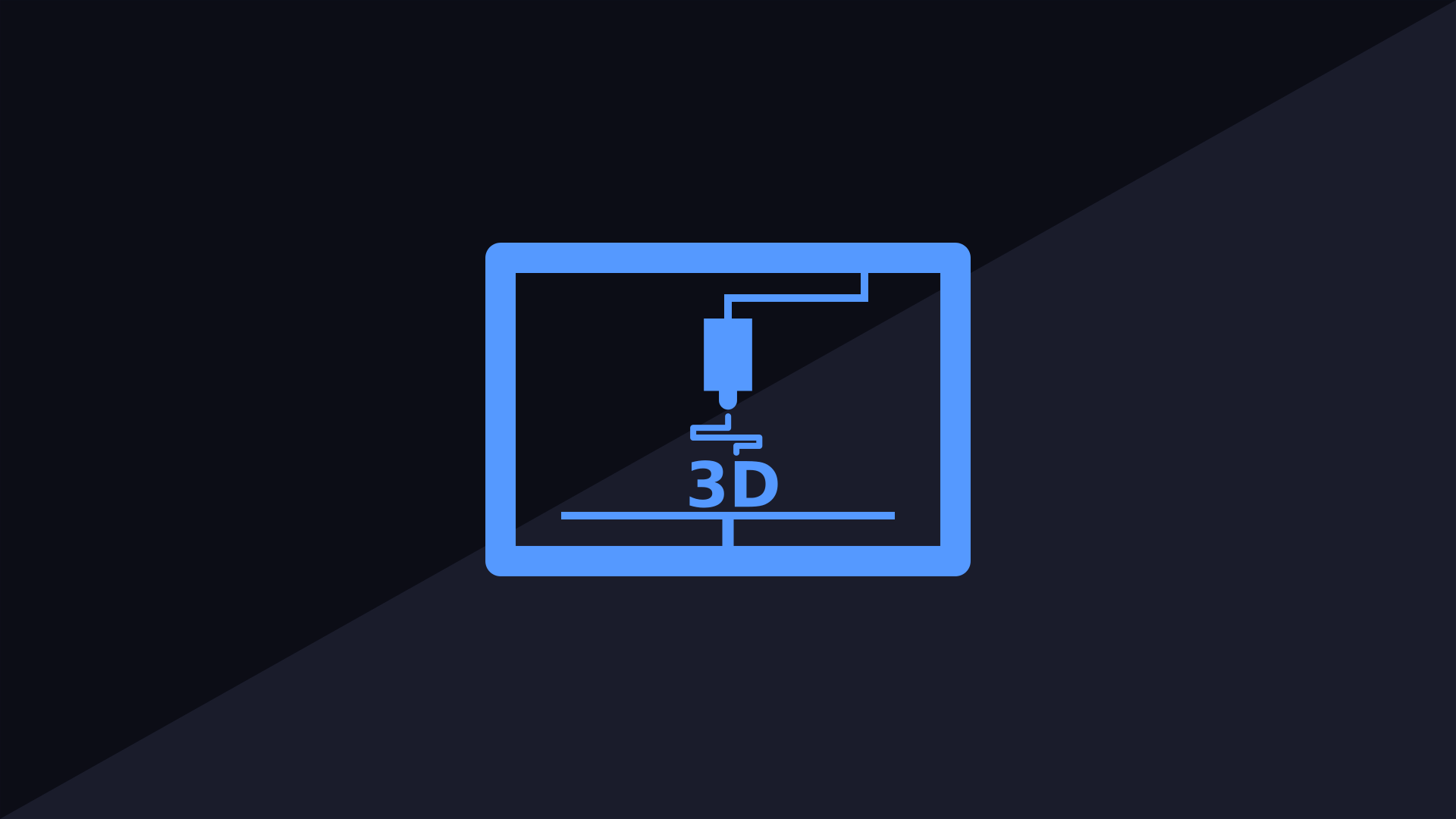Blockchain Technology to Pave a Way in the Energy Sector

At a recent event, the U.S. Department of Energy (“DOE”) awarded Xage Security, Inc. (“Xage”) a development grant for demonstrating how blockchain security has the potential to protect the overall energy infrastructure in the U.S. With new technologies that have been used in utility network, the legacy systems are facing a higher cybersecurity risk for which it wasn’t designed earlier. Xage security proposed the usage of blockchain that will enhance utility system security.
The fabric will consist of several nodes that will run across the utility network for communicating with each other in a chain using hashes. For instance, if there’s an attempt to access the system, these nodes will determine whether the access is to be granted or not using the copy of the network’s security policy. The Department of Energy grant serves as a clear indication that blockchain has a rather crucial role to play in protecting the utility asset.
Blockchain technologyis a niche product of the technology market has for some time garnered the attention experts from across various industries. There are several numbers of businesses that have recently launched the applications of the blockchain principle to their industries. The energy sector is another industry that has gained a great amount of traction within a couple of years.
Blockchain now addresses issues related to the demand response, network security, integration of renewables in the grid, distribution generation, etc. Today, the utility and users should stay focused on the current state and federal regularity requirements.
The blockchain industry has taken a toll on other sectors including insurance, media, healthcare, government, automotive, and financial services as well.
Blockchain technology is yet to become mainstream in the energy sector: challenges faced
- Level of acceptance
At present, trading and the contract areas for the energy industry is being implemented by blockchain majorly. They’re now looking to improve the efficiencies of cross-border transactions. A great example is Bitcoin which is still a well-known blockchain application.
- Trust issue
Most of the users are still not comfortable to keep their money in electronic devices. Users are still finding it difficult to accept the trust of these users. Building the users trust and credibility will take a considerable time.
- Industry’s mindset
The energy sector still perceives blockchain as a disruptive technology. This is only because it attaches the traditional business model with a lower-cost solution overtaking incumbent firms very easily. They’re still under an argument stating blockchain to be a foundational technology and can be used for creating newer business models to underpin business, economic, and social infrastructure.
- Innovation
Blockchain technology will take time to seep into the economic and social infrastructure. The adoption of this technology will be steady and will take time to make its presence known.
Blockchain opportunities in the energy sector
This disruptive technology is said to lower the energy bills for consumers. Blockchain operates on a model where all the providers are said to transact directly with their customers.
Besides this, the usage of blockchain ensures greater transparency for the consumers. This allows consumers to track exactly where the electricity they have purchased is being produced. Direct transactions between two parties (energy providers and energy consumers) will precisely specify the counterparty.
For consumers operating on their solar systems, would easily be able to sell on the electricity they produce. This could be sold to the neighbors or can be feed into a network. This will enhance the economic viability of these solar systems.
We’re still living in the initial days of blockchain being used in the energy sector. There are still many companies who have constantly been figuring out the details of their business solutions and strategies.





